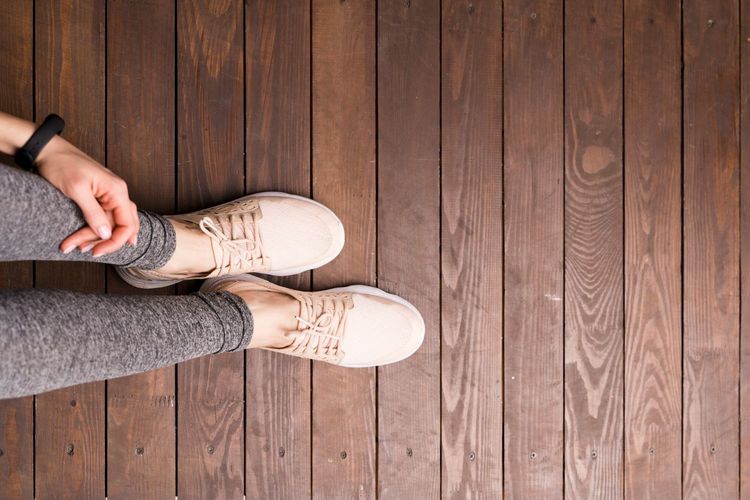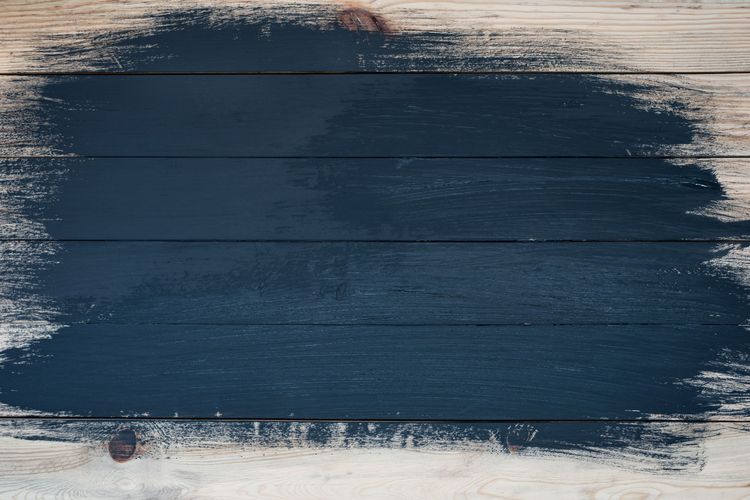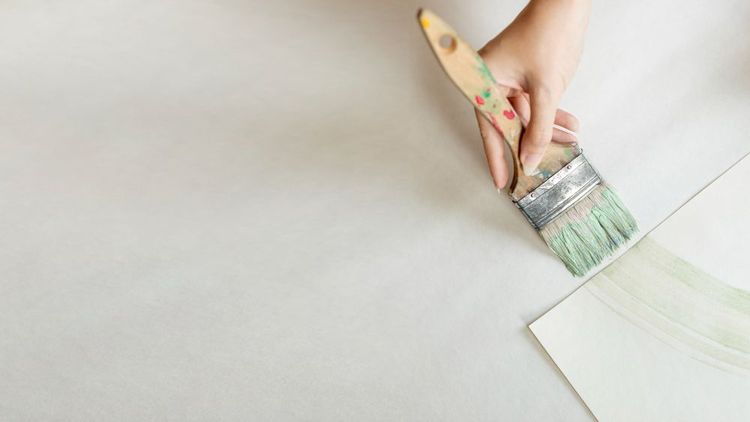How Acclimatisation Affects Wood Flooring Installation
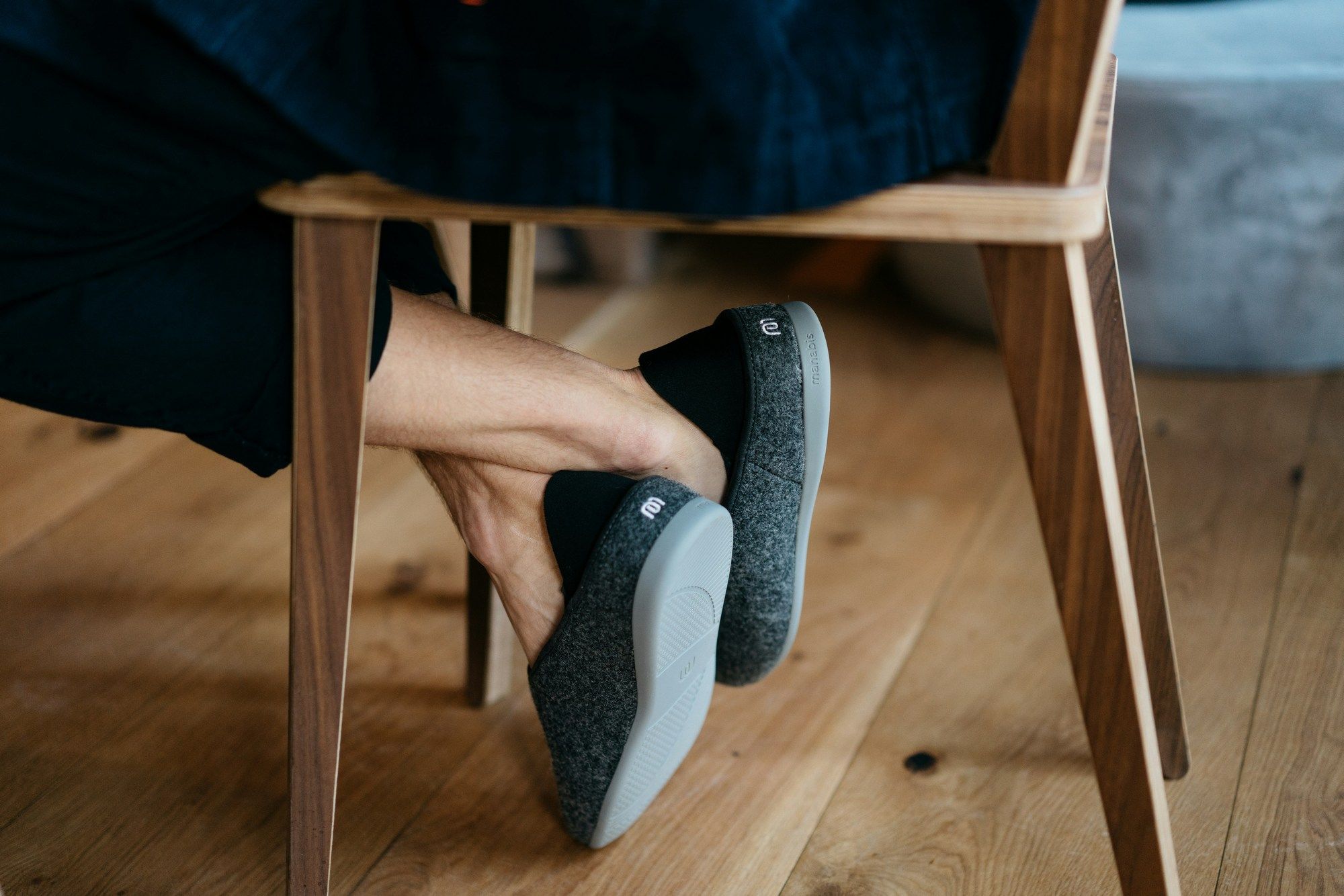
Skipping wood acclimatisation is like building a house on shifting sand – it invites trouble. Wood is a natural, hygroscopic material, meaning it constantly absorbs and releases moisture from the air, causing it to expand and contract. Acclimatisation is the vital process of allowing wood flooring to adjust to the specific temperature and humidity conditions inside your home before it's installed. Neglecting this step can lead to costly and unsightly problems down the line.
Why Wood Moves: The Science of Moisture Content (MC)
Wood isn't static. Its cells absorb moisture when humidity rises, causing the wood to swell. Conversely, when the air dries, wood releases moisture and shrinks. The key measurement is Equilibrium Moisture Content (EMC) – the point where the wood's moisture content stabilizes relative to the surrounding air's temperature and humidity. Acclimatisation aims to bring the wood's MC as close as possible to the EMC of your living space before locking it into place.
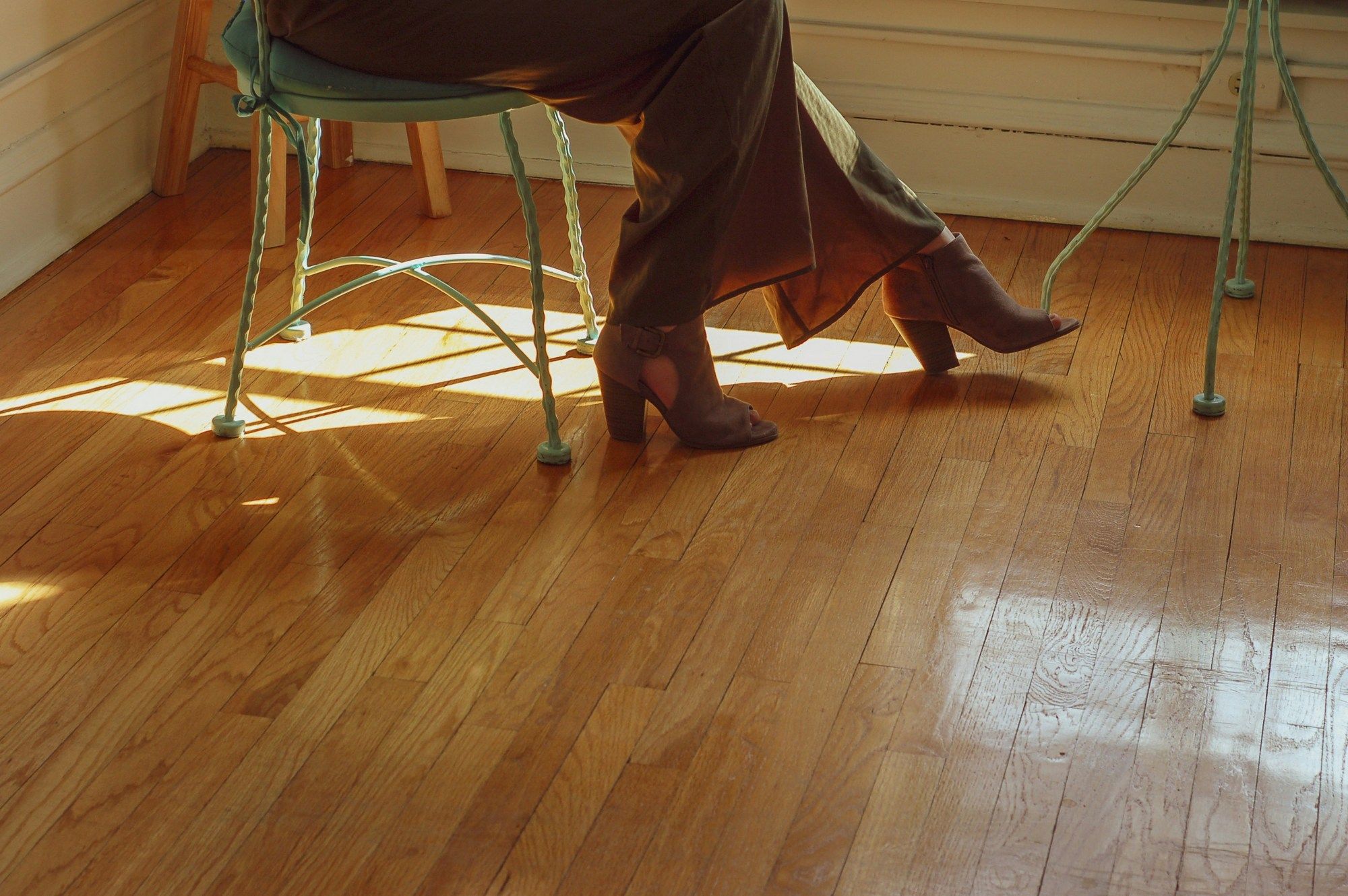
What Happens Without Proper Acclimatisation?
Installing wood that hasn't reached EMC is asking for trouble. The wood will continue to adjust after installation, but now it's constrained by nails, glue, or locking mechanisms. This internal stress manifests visibly:
- Excessive Gapping: If installed too wet and the air dries, severe shrinkage occurs, leaving wide, unsightly gaps between planks.
- Cupping/Crowning: If installed too dry and absorbs moisture, planks swell. Edges lift (cupping) or centers bulge (crowning) as they push against each other.
- Buckling: Extreme swelling can cause the floor to lift entirely off the subfloor.
- Squeaking & Movement: Uneven expansion/contraction can loosen fasteners and create noise.
- Finish Damage: Severe movement can crack or delaminate the protective finish.
The Acclimatisation Process: Doing It Right
Acclimatisation isn't just leaving boxes in the room. It requires a deliberate approach:
- Site Readiness: The installation space MUST be climate-controlled before delivery. HVAC systems should be running for at least 5-7 days, maintaining normal living conditions (temperature 18-24°C / 65-75°F, humidity 35-55%).
- Unpack & Spread: Remove flooring from packaging and plastic wrapping. Cross-stack the planks (layers perpendicular) with spacers (stickers) between layers, allowing air to circulate freely around all sides of every plank. Piling boxes or stacking tightly prevents even acclimatisation.
- Time: Allow sufficient time – typically 5-14 days, depending on species, initial MC, and environmental stability. Follow the manufacturer's specific recommendations.
- Verify with Meters: Use a quality wood moisture meter to measure the MC of the subfloor and multiple planks across the stack. Acclimatisation is complete when the wood's MC is within 2-4 percentage points of the subfloor's MC and stable over several days.
Key Factors Influencing Acclimatisation Time & Success
Several variables impact how long and how well wood acclimatises:
- Wood Species & Cut: Denser species and quartersawn wood generally move less but may take longer to adjust. Wider planks show movement more dramatically.
- Initial Moisture Content: Wood shipped from a humid coastal region to a dry mountain home has a longer journey to EMC.
- Core vs. Surface MC: Engineered wood needs time for the core layers to adjust, not just the surface veneer.
- Season & Climate: Acclimatisation is especially critical during seasonal transitions (spring/fall) when indoor humidity fluctuates most.
- Subfloor Condition: Concrete subfloors must be fully cured and dry; wood subfloors must also be acclimatised and structurally sound.
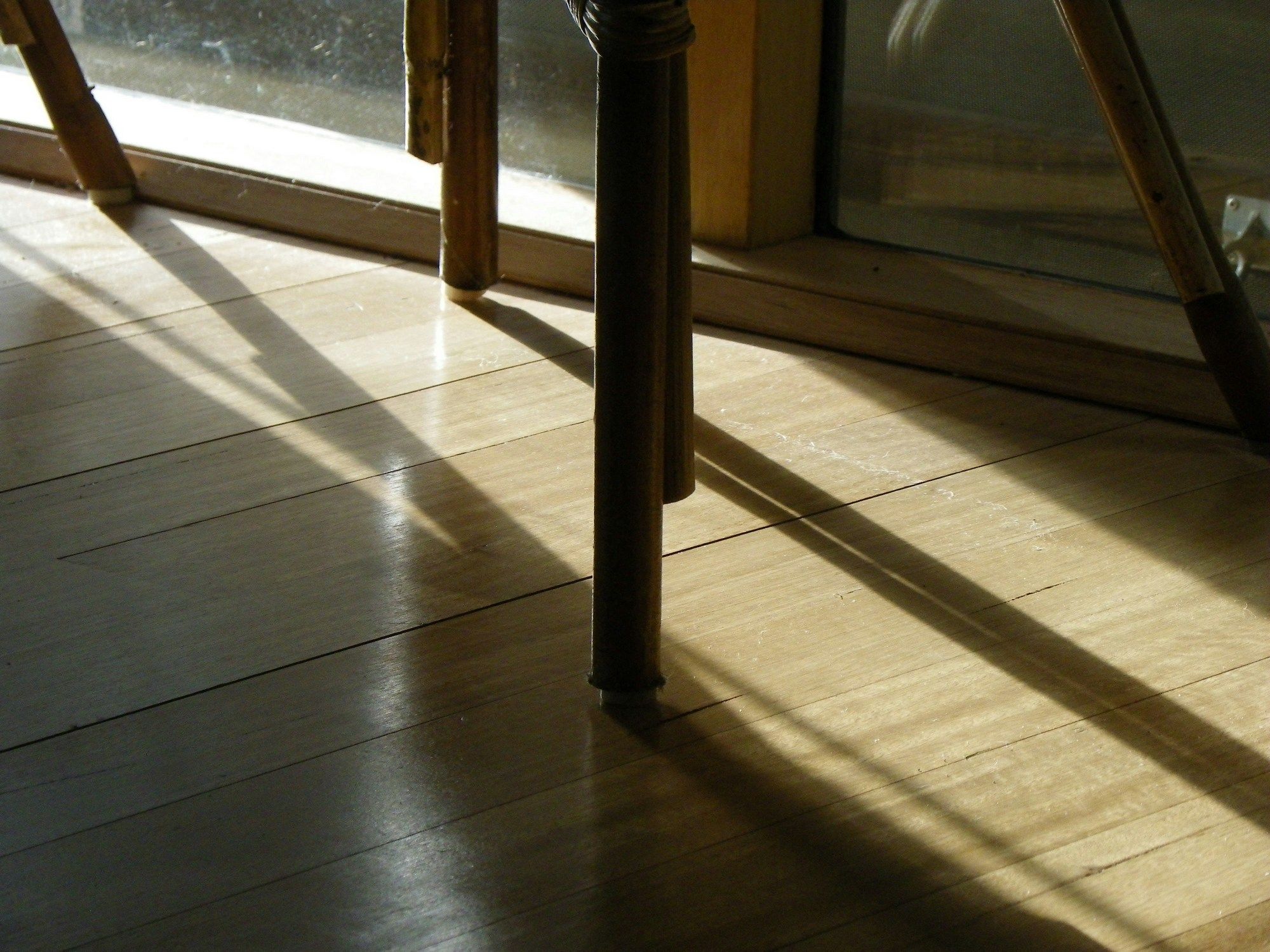
Acclimatisation & Engineered Wood: Yes, It Still Matters!
A common myth is that engineered wood doesn't need acclimatisation. While its cross-ply construction makes it more dimensionally stable than solid wood, it is NOT immune to moisture movement. The wood veneer and core layers will still expand and contract. Skipping acclimatisation can lead to:
- Gapping or buckling at the joints.
- Veneer checking (small cracks).
- Delamination issues.
- Always follow the engineered wood manufacturer's acclimatisation instructions.
The Foundation for a Successful, Long-Lasting Floor
Proper acclimatisation is non-negotiable for a beautiful, stable, and durable wood floor. It's the essential first step that allows the wood to "settle in" and minimizes its natural movement after installation. Rushing this process or cutting corners significantly increases the risk of costly failures and dissatisfaction. Investing the time and care in correct acclimatisation ensures your wood flooring investment performs flawlessly for decades, becoming a stable and cherished foundation for your home. Think of it as letting the wood take a deep breath and adjust before starting its long life underfoot.

